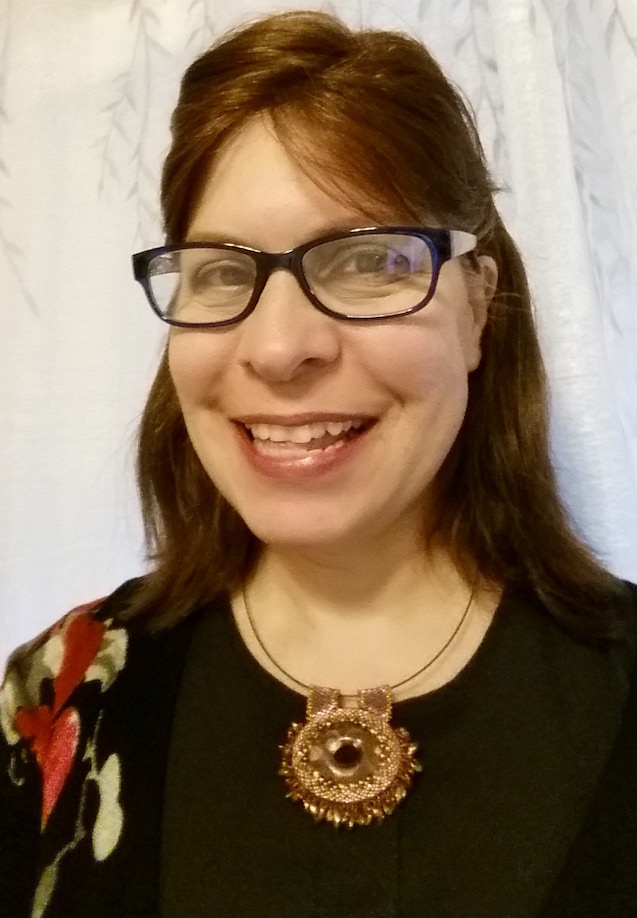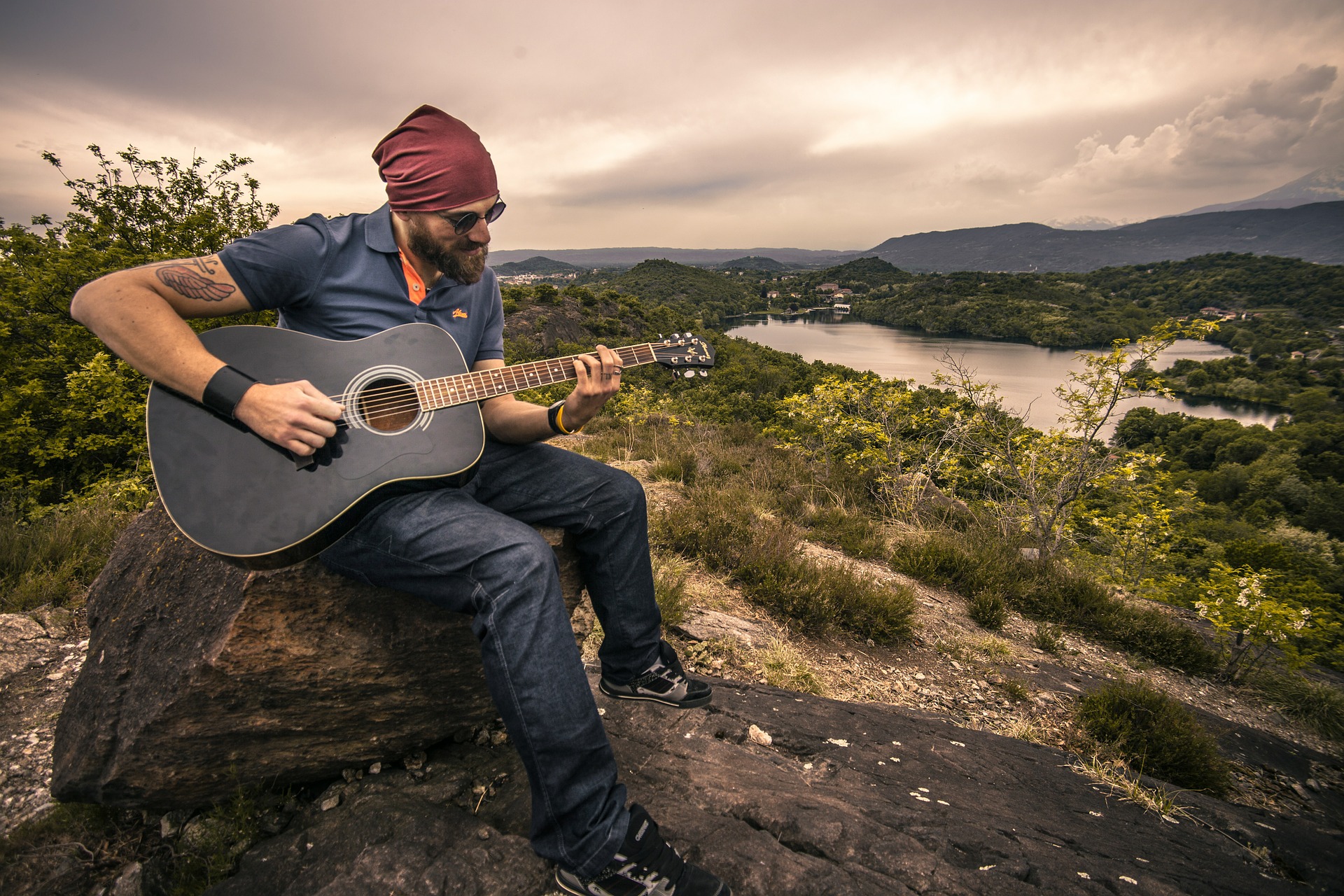There are many health, wellness and healing benefits to singing, playing musical instruments and participating in creative songwriting sessions. Music can be used as a therapeutic modality to help people in recovery reclaim their lives.
Is it true that sound is one of the first elements that touches the soul? Dmitri Oster seems to think so. Oster is the founder and Program Director of One World Counseling, a community-based outpatient treatment program in Brooklyn, New York. In addition to being a licensed clinical social worker, he is also a musician and an advocate of music therapy for people in recovery.
“I have personally facilitated many music therapy groups at my treatment program. Sound is one of the first elements that touches the soul. Music therapy can be particularly helpful for clients that have achieved a sustained period of abstinence from alcohol and other mood and mind-altering substances.”
He mentions how music therapy is a powerful tool as it opens up a different and added pathway for emotional expression for clients that are having a problem sharing their experiences. “Musical expression and experimentation can certainly, with a trained facilitator, help a client put their subtle experiences into words. This exercise is a cornerstone of any good recovery process.”
Healing Through Drum Song
There is an argument for using drumming as an effective intervention for treating substance use disorders. Community drum circles, used as part of a group therapy session, are a great way to heal the mind, body and spirit.
Oster mentions the power of drum song when used as part of an addiction treatment program. “I have personally favored drumming circles, and my facility has a number of African, Middle Eastern, Persian and Turkish percussive instruments. I also allow clients to bring in any of their preferred instruments, should they have them and have a preference for playing them.
“Drum circles allow for the creation and sustainment of rhythm and beat-tempos. After a drum circle session, I verbally process that experience with my clients. The personal meaning and associations that clients exhibit in their own musical performance as part of a group is very rewarding.”
Mantras and Singing Bowl Meditation
Sheree Surdam, Wellness Program Manager at Mountainside Treatment Center says, “We offer music therapy using both Kirtanand Himalayan Singing Bowl Meditation. Kirtan is a type of meditation where participants sing a Sanskrit phrase or mantra in a repetitive, call-and-response format. It is a fully experiential practice that brings participants together as one to join voices and sing from the heart.”
She mentions, “There is also the meditative repetition of mantra that helps quiet the mind by bringing the focus of the mind to the present and replacing the focus on anxiety, guessing the future, or attempting to change the things out of our control. This allows the participant to feel genuinely at peace and reminds them they are not prisoners to their disease, that joy and freedom are achievable.”
Surdam says they use Himalayan Singing Bowl Meditation as well as it provides a form of meditation that feels more approachable and does not require sitting in silence, which can make some recovering addicts feel uncomfortable. The practice uses Himalayan singing bowls to create soothing, powerful sounds that evoke a deep sense of relaxation in those experiencing it in the sound bath. “This form of meditation creates an opening and softening within participants to bring them into a deeper meditative state and measurably reduce stress, a main trigger for those in recovery that can cause relapse.”

Music as a Powerful Healing Tool
Iman L. Khan is a Licensed Psychotherapist, Mindfulness Consultant and Mediator. She also has over 35 years-experience as a professional musician. She says she understands the power of music beyond just the standardized music therapy approaches.
“Music is a powerful healing tool. Despite the diversity in symptom presentation I see with clients, regardless of their diagnosis, the theme is the same. People feel disconnected, and this can lead to dysfunctional thinking and behavioral patterns. Music is universal, and it helps people to connect to themselves which is essential to learning how to connect with others.”
Khan says she uses recorded music in her therapy sessions and has instruments available for self-expression. “I use music to teach mindfulness practices, helping people to experience what it feels like to be fully present in the moment. I also have developed listening practices using music that demonstrate how our brains filter and sort information.”
She recently developed an adolescent workshop that uses multiple artistic mediums to teach them how to manage and express their emotions in a healthy way. “The music portion calls for adolescents to develop a playlist that best describes a challenging situation they are dealing with. Healthy expression of emotion, in a way that encourages productive emotional regulation, is something that is generally not taught in schools.”
Musician to National Recovery Advocate
People in recovery for drug or alcohol substance use disorders often have difficulty or are unwilling to openly discuss their true feelings. Music therapy has been proven to help overcome these obstacles by establishing another avenue for communication. Music therapy allows clients to find their own voice in recovery.
Musician Jam Alker, who is also a National Recovery Advocate for Transformations Treatment Center in Delray Beach, Florida, mentions how music helped him turn his life around, “Music is my therapy and I owe a great deal of my new life in recovery to music. I am able to put all my experiences into song and this has helped me heal. When I went to treatment I brought my guitar with me as something that I thought was going to help me just kill the time.”
He mentions how his counselor let him do some of his treatment work in the form of songwriting exercises. When asked about his creative process now that he’s sober he says, “I don’t know if I’m more creative, but I do know that I have more direct access to my thoughts, feelings and emotions and the underlying trauma.”
When asked to expand on his new role of advocacy for Transformations SoundPath music program he mentioned that his job has been mainly to go out and evangelize the healing power of music in recovery. “I was brought in because music was such a large part of what helped to heal me in early recovery and has continued to help me as I’ve grown in the recovery process.”
Alker has gone out into the community and participating in speaking engagements and musical performances where he lets people know about the program and how it can be helpful, not only to musicians, but also to people who don’t necessarily identify themselves as musicians.
He also mentions that another message he’s trying to get out is to reach people who have labeled themselves chronic relapsers, people who have decided that treatment isn’t for them because they’ve done it 3 or 5 times. “We’re suggesting they try something different and that is what is so beneficial about SoundPath.”

Making Music and Helping Kids
Music therapy is not only an effective treatment for adults, music can also be used when working with adolescents facing their own struggle with drugs and alcohol. Suzanne Geimer is the founder of Special Angel, a non-profit organization with the motto “Making Music, Helping Kids.” Geimer says, “I’ve been using music to help troubled and struggling teens in various recovery programs over many years. She is a singer, songwriter and Registered Nurse with a background in caring for patients with chemical dependency and addiction issues.
“Music is truly a universal language. I started a non-profit organization years ago that uses music to help teens talk about changing high risk behavior in the non-threatening environment of music. We’ve worked with kids at probation camps, agencies helping teen moms in recovery, victims of domestic violence and many others.” Geimer mentions she’s never had a problem getting along with any group, no matter how tough on the outside, as music is the catalyst that opens the door to communication.
She shared one of the program evaluations made by a 14-year old, “It helps change your day from dark to bright.” Geimer says, “That comment says it best as we help our clients change their day from dark to bright. Bringing light into the life of these kids can help open them to the change they so desperately need. We are honored to play a part of the overall continuum of care provided by the agencies we work with.”
Giving People a Voice in Recovery
Music, and other holistic treatment practices, promote client engagement in treatment. Music therapy can be used with a 12-step model to supplement partial hospitalization or residential treatment programs. People who engage in creative song writing during individual psychotherapy, or analyze the content of songs during group sessions, often experience an increase in positive emotional states.
Resources
American Music Therapy Association. What is Music Therapy? https://www.musictherapy.org
Transformations Treatment Center. Music Therapy: Giving Clients a Voice in Recovery. https://www.transformationstreatment.center/resources/addiction-articles/music-therapy-helping-addicition/
Indian Health Services. Drum-Assisted Recovery Therapy for Native Americans. https://www.ihs.gov/telebehavioral/includes/themes/newihstheme/display_objects/documents/slides/substanceuse/dartna_120315.pdf


